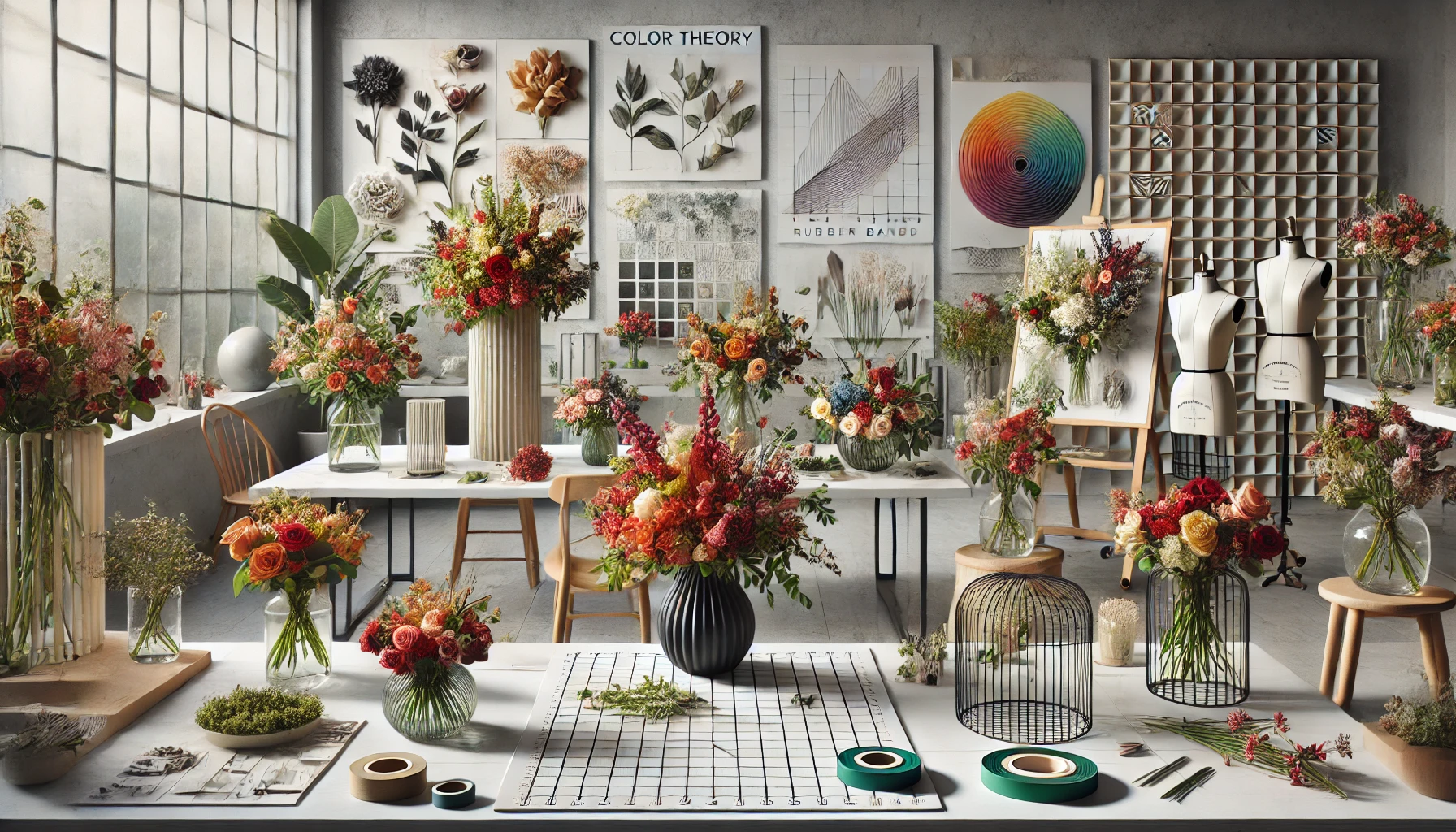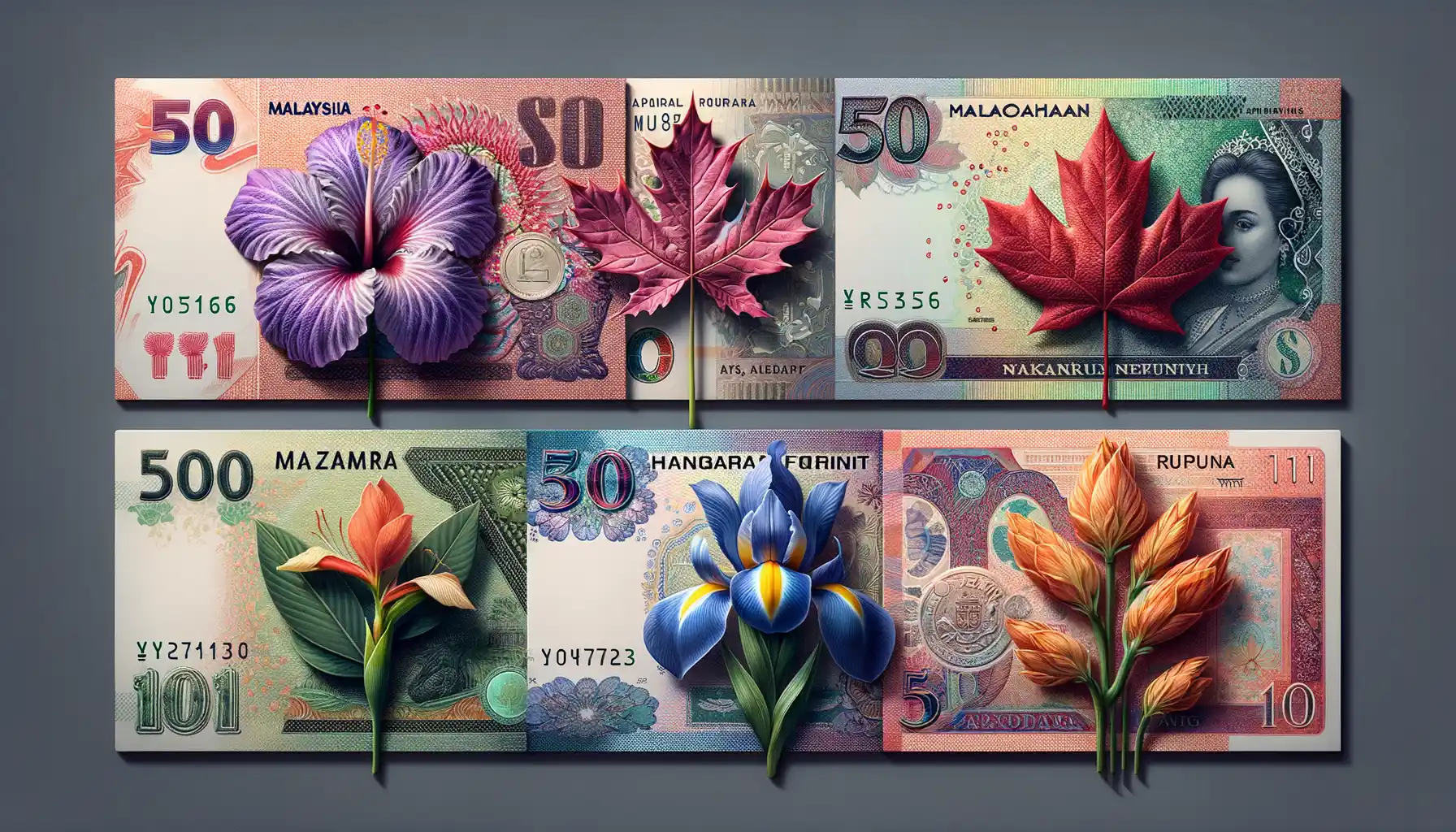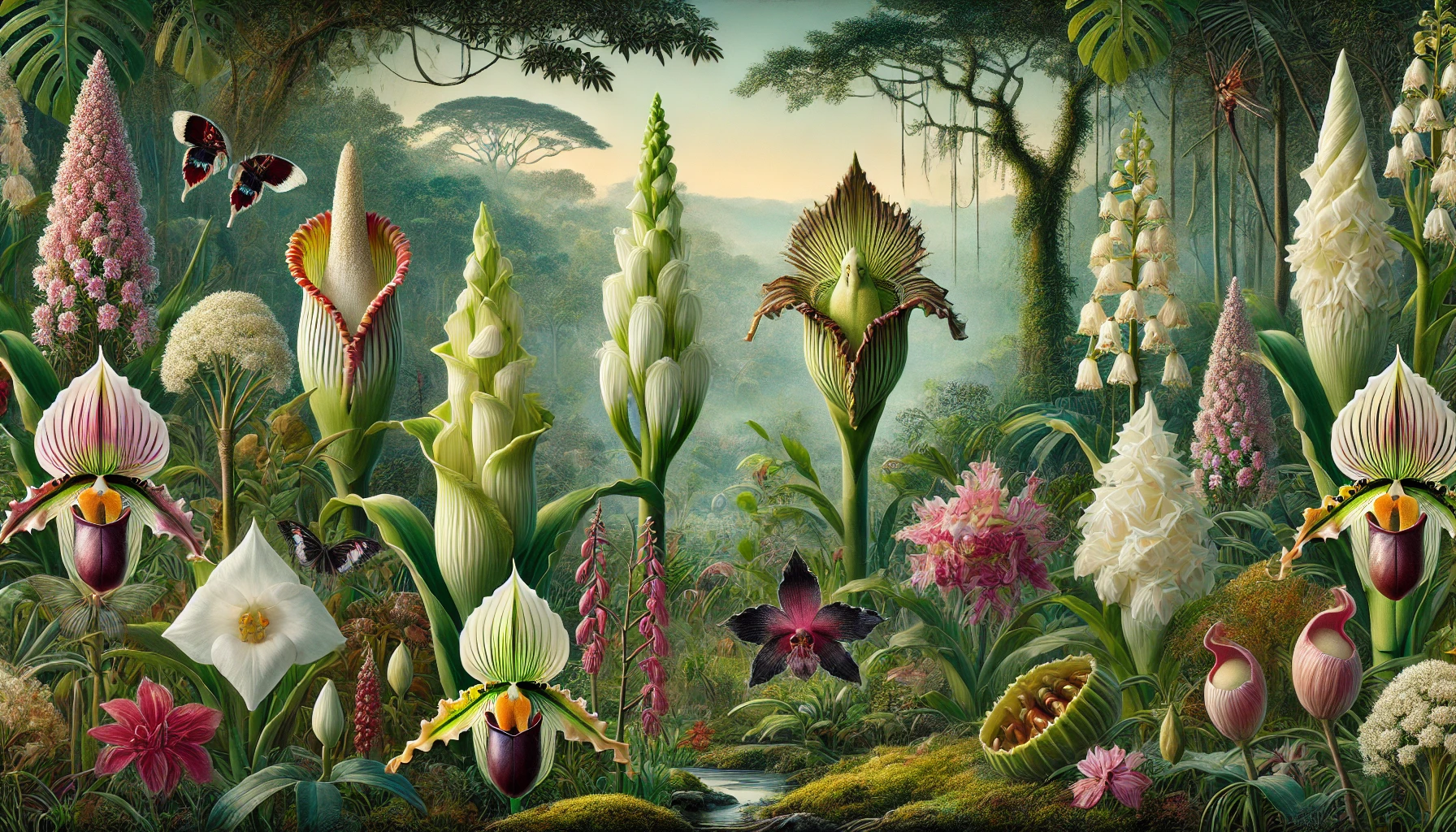Floral arrangements are more than just bunches of flowers put together; they are a form of art that combines creativity, precision, and an understanding of botanical elements to create stunning visual displays. At Flowery Blog, we are passionate about helping you harness the beauty of flowers to enhance any space or occasion. This guide delves into both fundamental techniques and contemporary trends that can elevate your floral designs.
Mastering Basic Techniques of Floral Arrangements
Starting with Structure
The foundation of any great floral arrangement starts with the structure. Typically, this involves beginning with foliage to form the base of your design. Greenery not only adds volume and a natural backdrop but also serves as a support structure for the flowers, helping to maintain the arrangement’s shape and integrity. When setting up your base, consider using various types of foliage for a more dynamic and textured look.
Layering Flowers
The technique of layering flowers involves strategic placement to build depth and interest. Start with your focal flowers, which are usually the most striking and largest blooms. Place these at varying heights and angles to draw attention. Follow with secondary flowers to fill out the arrangement, and finish with fillers like baby’s breath or ferns to fill any gaps and soften the look. Keeping the number of focal flowers odd is a classic rule that aesthetically balances the arrangement.
Innovative Support Techniques
Floral Foam Versus Alternatives
While floral foam is a staple in traditional arrangements due to its ability to hold stems in place securely, it’s not the only option. Alternatives like the tape grid method, where clear tape is used to create a grid over the opening of the vase, provide flexibility and ease of adjustment, which is ideal for beginners and quick setups. Another quick method is the rubber band technique, which involves tying the stems together before placing them in the vase, offering a more relaxed and natural appearance.
Wiring and Taping for Intricate Designs
For more detailed arrangements, such as corsages or decorative floral crowns, mastering wiring and taping techniques is essential. This skill allows you to manipulate and secure flowers in specific positions, enhancing both the design’s intricacy and its overall stability.

The Importance of Color and Texture
Utilizing Color Theory
Color plays a crucial role in guiding the viewer’s eye through the arrangement. Techniques like color blocking—grouping similar colors together—can create a bold impact, while an ombre effect, where colors gradually blend from light to dark, adds a sophisticated touch.
Exploring Textures
Introducing a variety of textures can dramatically change the arrangement’s feel and appearance. Mix and match different types of flowers and foliage to achieve contrast. For example, pairing the smooth, large petals of lilies against the rough texture of dried branches can enhance the visual appeal and add an unexpected twist to traditional designs.
Staying Trendy: Current Floral Design Trends
Eco-Friendly Floral Design
Sustainability is more than just a trend; it’s a practice that is becoming a staple in floral design. Utilizing locally-sourced blooms and eco-friendly materials not only reduces environmental impact but also supports local economies. These practices are particularly appreciated by consumers looking to make responsible purchases.
Minimalism in Floral Design
In line with contemporary design trends across various fields, minimalism has found its way into floral arrangements. This trend emphasizes simplicity and focuses on the natural beauty of each bloom without overcrowding. Minimalist designs often feature a lot of negative space, which highlights the flowers’ unique structures and colors.
Vintage Inspirations: Cascading Bouquets
A nod to the opulent floral designs of the past, cascading bouquets are experiencing a resurgence. Modern adaptations of this vintage style often use lighter materials and less rigid frameworks, such as poultry netting, to allow for a more natural drape and flow.
Conclusion
The world of floral design is ever-evolving, but the basics of crafting beautiful arrangements remain constant. By combining these foundational techniques with a keen eye on current trends, you can create floral works of art that captivate and delight. Whether you’re decorating a home, planning a wedding, or just bringing a bit of nature indoors, these strategies will help you develop your skills and expand your creative repertoire.




